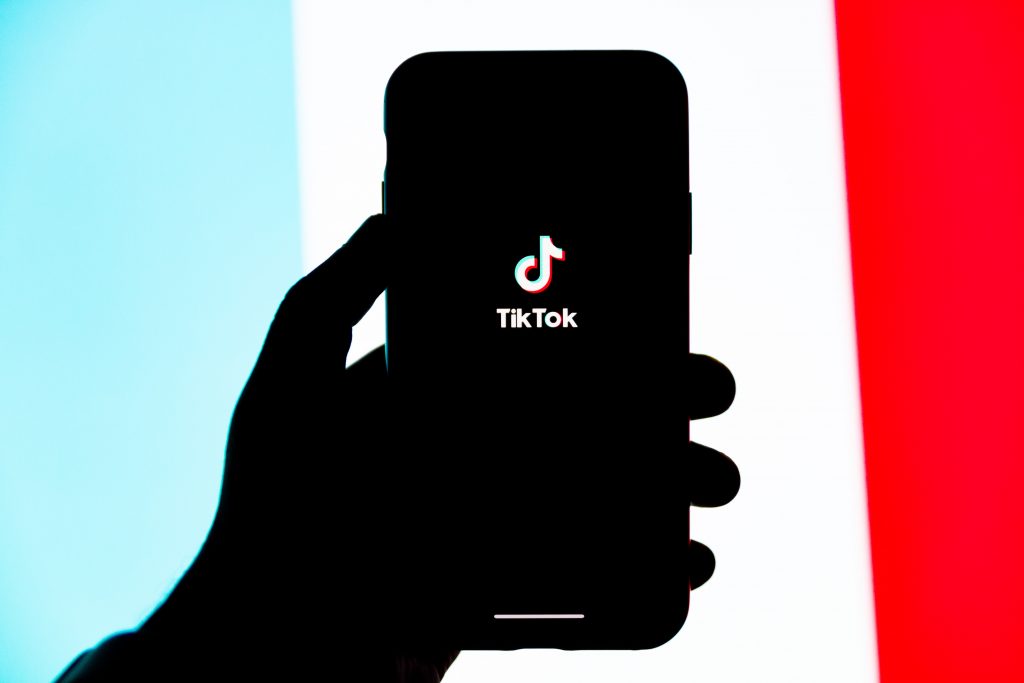Businesses on TikTok will have more ways to make sure their content does well in search due to a massive increase in the length of character descriptions.
Before the change, TikTok limited descriptions to 300 characters. Now, marketers can type out a whole essay’s worth as they’ll have 2,200 characters to play with.
TikTok’s new character limit works out around 400 words, give or take.
Why is it making this change?
The change will make content more searchable and it should lead to your video being recommended to more users.
In a brief statement sent to social media guru Matt Navarra, TikTok clarified why it’s making the update.
TikTok Update via Matt Navarra on Twitter
“You can now type up to 2200 characters in your posts’ descriptions: This allows you to express more details about your creations, describing what your videos show, giving you the opportunity to get closer to your audience, generating more engagement while becoming more searchable and better recommended by TikTok to viewers.”
A big boost for brands
The quote pretty nearly sums up this matters for businesses. More characters mean that you can include more keywords that relate to your location and product, which increases the chance you’ll show up in results for things like ‘cafe in Perth’.
Also, Google does index TikTok videos so writing more detailed descriptions can help you earn more organic traffic via Google Search and TikTok – which is a bit of a double whammy. More young people are turning to TikTok for their internet searches, so there’s a tremendous opportunity for your brand to be the one that shows up as a result after their next search.
Finally, more space to explain your videos means that you can add more context to them, which may help people understand you a bit better.
Taking on Google?
It’s interesting to see TikTok muscling in on an area that has been Google’s playground for so long.
Prabhakar Raghavan, Senior Vice President, Knowledge & Information, Google – via Tech Crunch
“In our studies, something like almost 40% of young people, when they’re looking for a place for lunch, they don’t go to Google Maps or Search. They go to TikTok or Instagram.”
That’s a serious challenge to Google’s business, which is set up to take people through a discovery journey (while selling them ads).
Those stats confirm what many have thought for some time; that visually appealing forms of discovery, such as the ones you can find on TikTok and Instagram, are becoming more popular. Some, such as Matt Southern writing in Search Engine Journal, suggest that TikTok is a better search engine than Google because younger people want visuals or they are not satisfied with Google’s results.
TikTok can also provide lots of context in one go, whereas it might take others two or three clicks to find out everything they want from their Google search result. The same could be said of Instagram’s Reels.
It’ll be interesting to see how Google responds to this threat. There are already some updated products in mind, such as updated Maps and augmented reality, that will seek to return Google to its place at the top of the search pecking order.
Meanwhile, other industry commentators have remarked that Raghavan throwing the TikTok bone gives Google a handy new “rival” to point at when monopoly regulators come calling. After all, Google’s global search engine market share, as of about 30 seconds ago, is sitting at a comfy 92.42%.
An important part of discovery
To make the most of the rise of short-form video as a search engine, you need to understand how to use video descriptions to maximise online discovery and enhance your rankings.
For example, YouTube Search uses three things to provide the best search results: relevance, engagement and quality. That means YouTube takes into account things like your description, title and tags to see how well your video matches a search query.
The more characters you have to show it that your video is perfect for anyone looking for it, the better.
Instagram’s algorithm is much debated, but it also boils down to a few select things: your activity, your history of interacting with the person who posted, information about the reel and information about the person who posted. For Reels, the video description isn’t as important as a user’s activity or history, but it still plays a part.
However, it seems like TikTok is going to place tremendous importance on users posting detailed and searchable descriptions – so make sure that you do! Like we said, it could boost your organic discovery within the app and on Google itself.




RECOMMENDED FOR YOU
[STUDY] Social Posting Volumes Are Exploding
Social media posting volumes are exploding, as platforms increasingly…
Social media posting volumes are exploding, as platforms increasingly…
Gen Z Turns to Social for Discovery
TikTok is quickly emerging as a significant player in…
TikTok is quickly emerging as a significant player in…
Instagram & TikTok Surpass Google for Gen Z Shoppers
A fundamental shift is happening in how consumers discover…
A fundamental shift is happening in how consumers discover…